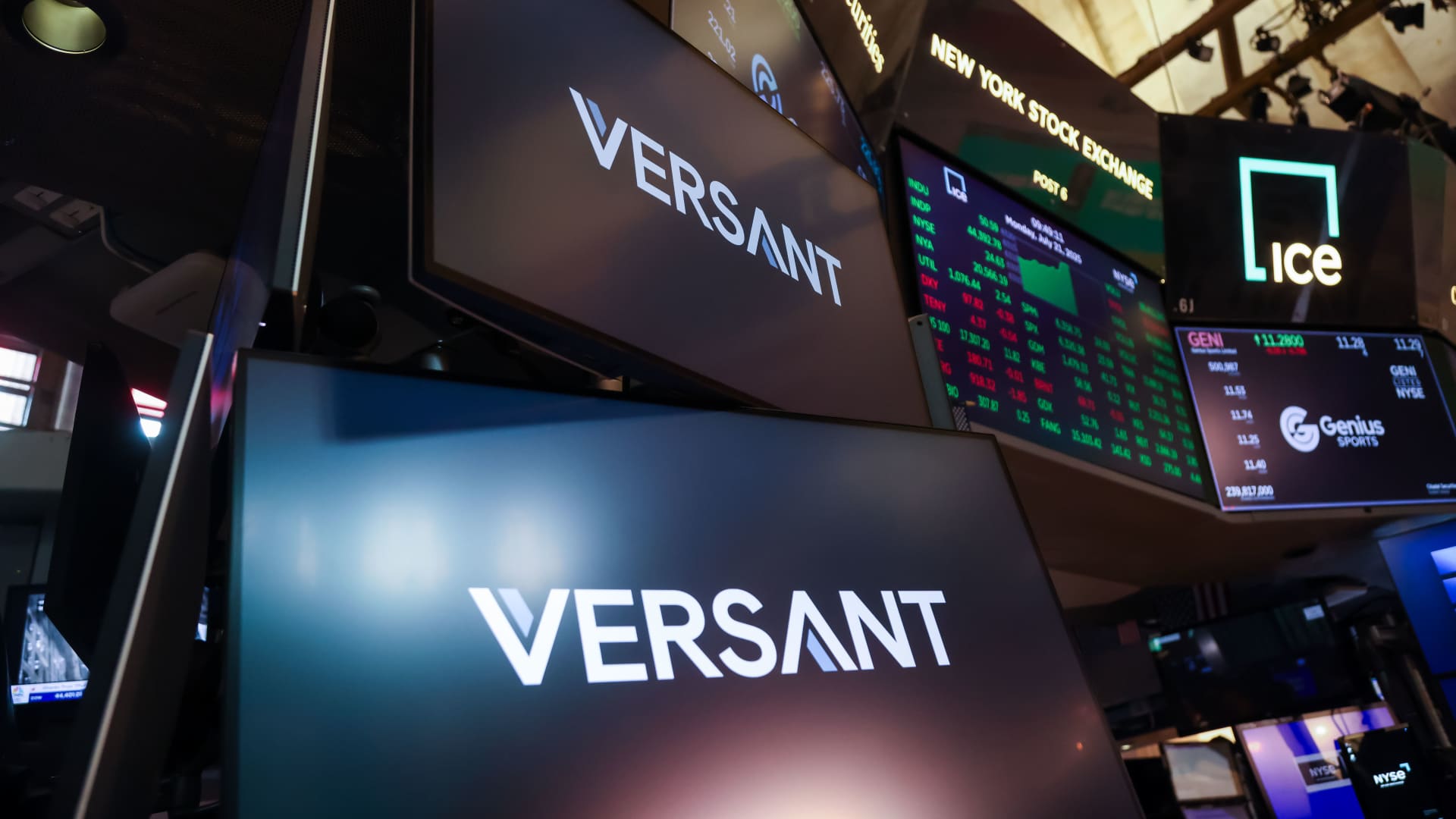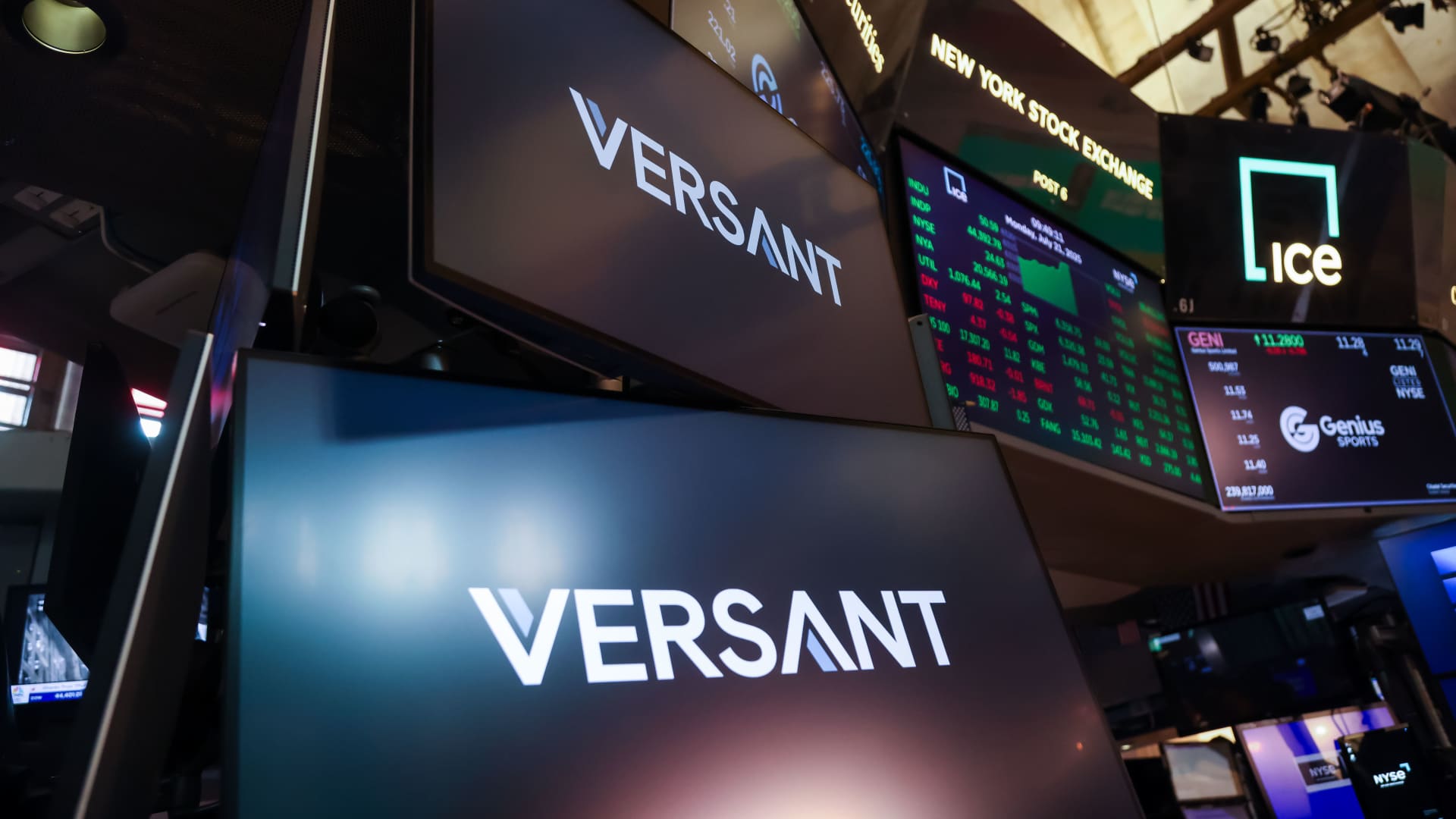The Dawn of Versant: A Comprehensive Analysis of Comcast’s Media Spin-Off
Introduction: A New Chapter in Media Evolution
The media landscape is in a state of perpetual transformation, driven by technological advancements, shifting consumer behaviors, and the relentless pursuit of innovation. In this dynamic environment, established media conglomerates must continually adapt their strategies to remain relevant and competitive. Comcast’s decision to spin off a significant portion of its cable networks and digital businesses into a new entity called Versant is a testament to this necessity for evolution. This strategic move signals a deliberate realignment of Comcast’s portfolio, focusing on core growth areas while positioning Versant to navigate the challenges and opportunities of the modern media landscape.
The Strategic Rationale: Why Spin Off?
Comcast’s decision to spin off Versant is rooted in a multifaceted strategic vision that aims to optimize the company’s portfolio and unlock shareholder value. The primary motivation behind this move is to enable Comcast to concentrate its resources and efforts on its most promising growth areas, particularly broadband internet and streaming services. By separating its cable networks, which are increasingly impacted by cord-cutting and the rise of streaming platforms, Comcast can allocate more capital and attention to expanding its broadband infrastructure and enhancing its Peacock streaming service.
A spin-off also presents an opportunity to create two distinct companies with unique investment profiles. Comcast, with its focus on high-growth areas such as broadband and streaming, can attract investors seeking exposure to the future of connectivity and digital entertainment. Conversely, Versant, with its portfolio of established media brands, can appeal to investors interested in stable cash flows and proven assets. This separation allows each entity to pursue its own strategic objectives more effectively, unencumbered by the complexities of a larger corporate structure.
Moreover, a standalone Versant may enjoy greater flexibility in pursuing strategic partnerships and acquisitions. Freed from the constraints of being part of a conglomerate, Versant can more easily forge alliances with other media companies or technology firms to expand its reach and offerings. In an industry increasingly defined by mergers and acquisitions, this independence could prove to be a significant competitive advantage.
Finally, the spin-off is expected to streamline operations and improve decision-making. As a standalone entity, Versant can tailor its strategies and investments to the specific needs of its cable networks and digital businesses, without the need to navigate the complexities of a larger corporate structure. This focused approach can lead to more agile and responsive management, better aligning the company’s resources with its strategic priorities.
Versant’s Portfolio: A Mix of Legacy and Potential
Versant’s portfolio is a blend of established cable networks and digital brands, each with a strong presence in the media landscape. The core of Versant includes prominent networks such as MSNBC, CNBC, USA Network, Oxygen, and E!. These networks offer a diverse range of content, from news and business programming to entertainment and lifestyle shows, catering to a broad audience.
MSNBC and CNBC bring significant value to Versant by providing news coverage and financial analysis, solidifying Versant’s position in the market. In addition to these assets, Versant inherits a collection of digital businesses, encompassing websites, apps, and other online platforms. These digital assets provide Versant with a valuable opportunity to engage with audiences online, expand its reach, and generate new revenue streams.
While some may view these assets as “legacy” properties, they still possess significant brand recognition and viewership. The challenge for Versant will be to adapt these networks to the changing media landscape, embracing digital distribution and innovative programming to attract younger audiences. The inclusion of sports content within Versant’s portfolio is likely to drive viewership and engagement, further enhancing the company’s appeal to advertisers and consumers alike.
Leadership and Strategy: Steering the New Ship
The success of Versant will largely depend on the leadership team’s ability to navigate the complexities of the media industry and capitalize on emerging opportunities. Mark Lazarus, a seasoned media executive, has been appointed as the CEO of Versant, bringing a wealth of experience and a proven track record in the industry. David Novak, co-founder and former CEO of Yum! Brands, will serve as the chairman of Versant’s board of directors, providing strategic guidance and oversight.
In addition to these key appointments, Versant has assembled a diverse leadership team with expertise in programming, marketing, technology, and finance. The board of directors includes eight new members with backgrounds in media, technology, finance, and strategy, ensuring a well-rounded perspective on the company’s future direction.
Versant’s strategy is expected to focus on several key areas:
- Digital Transformation: Adapting its cable networks to the digital age by investing in streaming platforms, online content, and interactive experiences.
- Content Innovation: Developing original programming that appeals to younger audiences and leverages the strengths of its existing brands.
- Strategic Partnerships: Forming alliances with other media companies and technology firms to expand its reach and offerings.
- Operational Efficiency: Streamlining operations and reducing costs to improve profitability.
By focusing on these strategic priorities, Versant aims to position itself as a dynamic and innovative player in the media landscape, capable of competing with established giants and emerging disruptors alike.
The Competitive Landscape: Navigating a Crowded Market
Versant enters a highly competitive media landscape, characterized by the presence of established giants such as Disney, Warner Bros. Discovery, and Netflix, as well as emerging players like Amazon and Apple. To succeed in this environment, Versant must differentiate itself from the competition and carve out a unique niche in the market.
One potential advantage for Versant is its focus on news and business programming through MSNBC and CNBC. These networks have a loyal following and can attract advertisers seeking to reach affluent and influential audiences. However, Versant will need to address the challenge of declining cable subscriptions and the rise of streaming platforms by investing in high-quality content and innovative distribution strategies.
Another area of focus for Versant could be niche genres, such as true crime (Oxygen) and celebrity entertainment (E!). These networks have the potential to attract dedicated fan bases and generate strong engagement on social media. To stand out in these crowded categories, Versant will need to invest in compelling content and effective marketing campaigns that resonate with target audiences.
The media and telecom sector is poised for a dynamic period of mergers and acquisitions, meaning Versant will need to be prepared to either acquire or be acquired. By maintaining a flexible and strategic approach, Versant can position itself to capitalize on potential opportunities for growth and expansion.
Potential Challenges and Opportunities
Versant faces several potential challenges in the years ahead, including declining cable subscriptions, increasing competition from streaming platforms, and the rising cost of content. To overcome these challenges, Versant will need to be nimble, innovative, and willing to take calculated risks.
However, Versant also has several opportunities to leverage. The increasing demand for digital content, the growing popularity of niche genres, and the potential for strategic partnerships all offer avenues for growth. By embracing these opportunities and addressing its challenges head-on, Versant can carve out a successful future in the media industry.
For example, MSNBC’s upcoming “Summer Camp” initiative, which serves as a creative hub while Versant finalizes a permanent New York City headquarters, demonstrates a commitment to innovation and a willingness to experiment with new formats and programming. This forward-thinking approach is likely to resonate with younger audiences and position Versant as a dynamic and adaptable player in the media landscape.
Conclusion: Versant’s Trajectory in the Media Universe
Comcast’s spin-off of Versant represents a significant shift in the media landscape, reflecting a strategic realignment in response to changing consumer habits and technological advancements. While Versant faces challenges in a highly competitive market, it also has opportunities to leverage its established brands, embrace digital transformation, and pursue strategic partnerships. The leadership team, led by Mark Lazarus and David Novak, will play a critical role in shaping Versant’s future.
Whether Versant will thrive as an independent entity, become an acquisition target, or forge a new path in the evolving media universe remains to be seen. However, one thing is certain: Versant’s journey will be closely watched by industry observers and investors alike, as it represents a bold bet on the future of media and entertainment. Only time will tell whether this versatility will translate into enduring success, but the potential for innovation and growth is undeniable. As the media landscape continues to evolve, Versant’s ability to adapt and innovate will be key to its long-term success.












